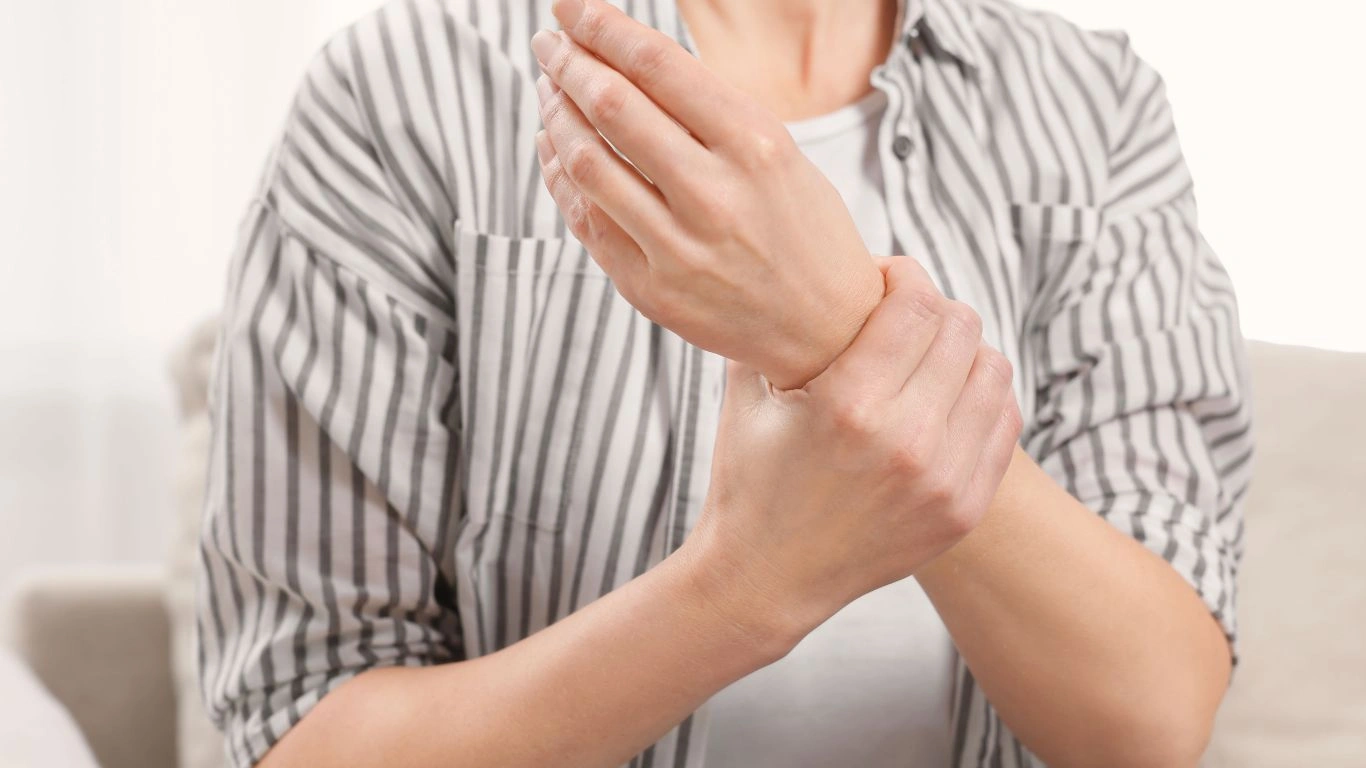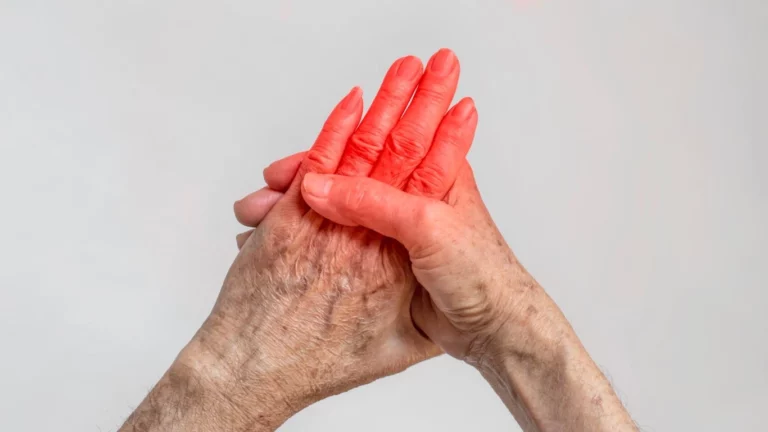Avoid RA Flare-Ups in Cold Weather: Expert Tips for Pain Relief
Rheumatoid arthritis flare-ups in cold weather can feel like an uphill battle. If you’re like me, you’ve probably noticed that the moment temperatures drop, your joints start acting up—stiffness, pain, and that frustrating feeling of not being able to move freely. Over the years, I’ve learned that while we can’t change the weather, we can absolutely take steps to avoid these painful flare-ups. Let’s dive into some of the best ways to keep your joints happy and healthy even when it’s freezing outside.
Why Does Cold Weather Trigger RA Flare-Ups?

Ever wondered why winter seems to have it out for us RA warriors? You’re not imagining things. Cold weather affects rheumatoid arthritis in a few key ways:
- Barometric Pressure Drops: When pressure drops, our joints feel it—literally. The tissues around them expand slightly, leading to increased pain and stiffness.
- Cold Temperatures Stiffen Joints: When it’s cold, our muscles and joints tend to tighten up, making movement more painful and difficult.
- Reduced Physical Activity: Let’s be honest, it’s harder to stay active when it’s freezing. Less movement often means more stiffness and inflammation.
- Weakened Immune Response: Winter is also flu season, and infections can trigger RA flares. Our immune systems are already overactive, so any additional stress can make things worse.
Understanding why this happens is the first step in preventing it. Now, let’s talk about how you can stay ahead of the pain.
Dress Smart: The Right Clothing Makes a Difference
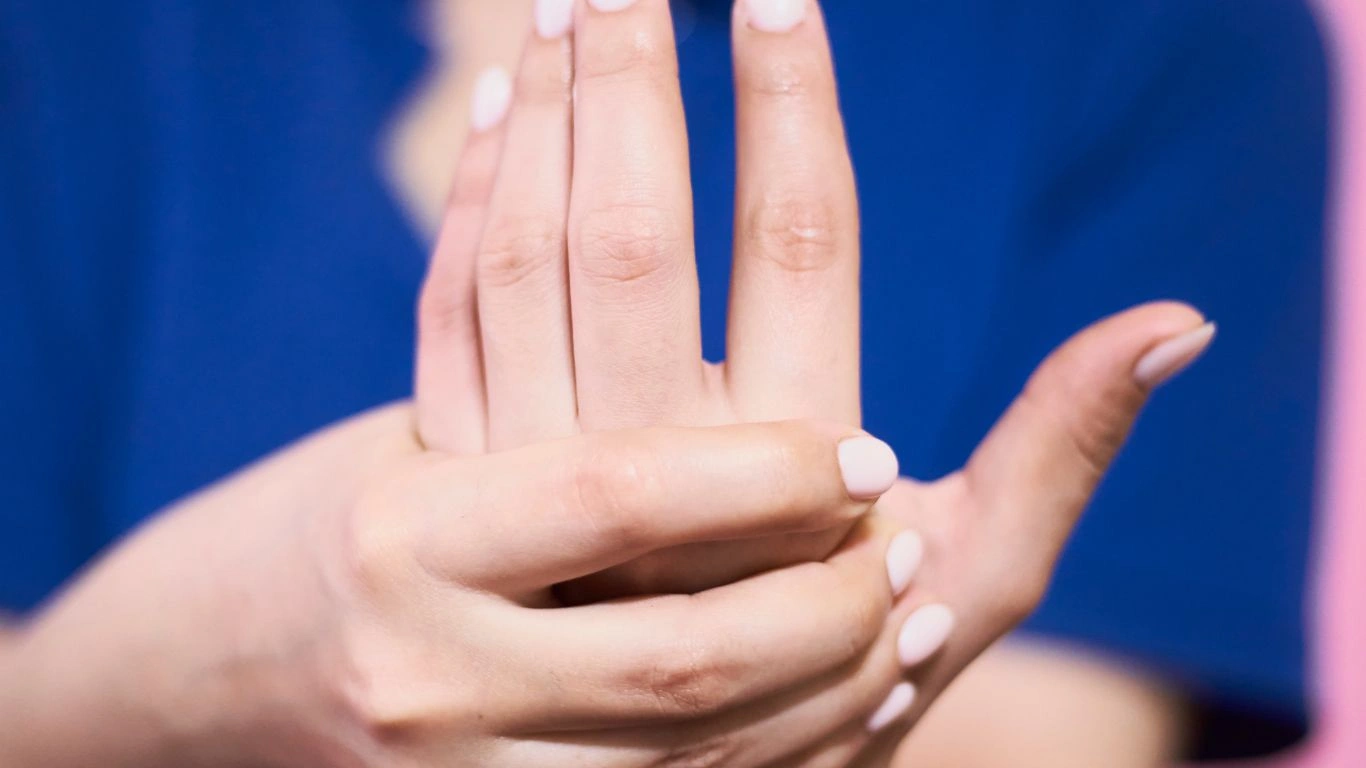
When winter hits, I don’t just bundle up—I strategically layer. The goal is to trap body heat without feeling bulky or restricted.
Layering Up the Right Way
- Start with a moisture-wicking base layer: Keeping sweat away from your skin prevents chills, which can stiffen joints.
- Add an insulating layer: Think fleece or wool—something warm but breathable.
- Top it off with a windproof, waterproof jacket: Cold wind can cut through even the thickest sweaters, so a proper outer layer is crucial.
- Keep extremities warm: Gloves, thermal socks, and a beanie are non-negotiable. Your fingers and toes are often the first to feel the chill.
One of my favorite tricks? Heated gloves. They’ve been a game-changer for keeping my fingers pain-free in the cold.
Stay Active (Even When You Don’t Feel Like It)
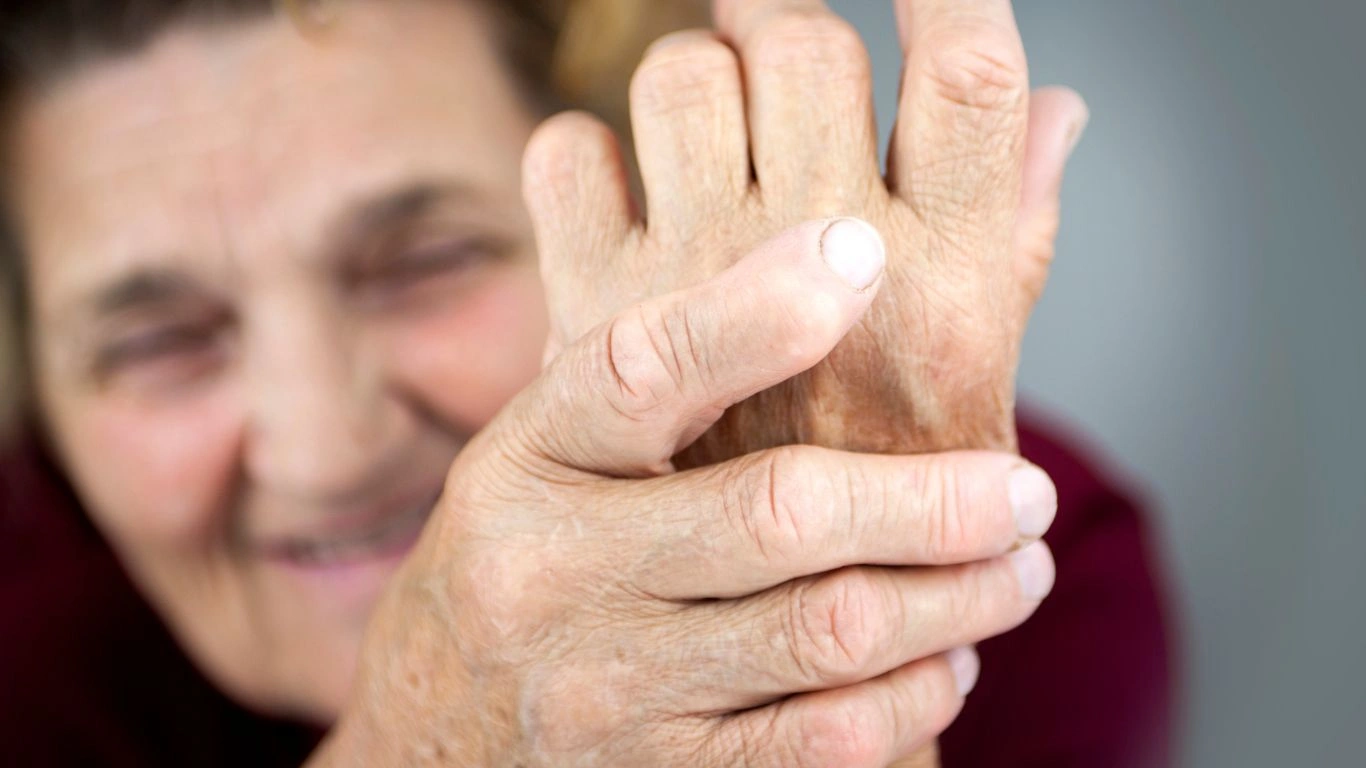
Trust me, I get it—when it’s freezing, the last thing you want to do is move. But staying active is key to keeping your joints flexible and your pain levels in check.
Gentle Exercises That Help
- Indoor stretching: A few minutes of light stretching every morning helps loosen stiff joints.
- Low-impact workouts: Swimming in a heated pool, yoga, and tai chi are fantastic for keeping joints moving without adding stress.
- Daily walks: If it’s not too icy, bundle up and go for a short walk. Movement keeps inflammation down.
Even on the toughest days, I make sure to at least stretch. It’s a small habit that makes a huge difference.
Keep Your Joints Warm Even Indoors

Let’s be honest—sometimes even staying inside doesn’t help much when it’s freezing outside. I used to think that as long as I avoided going out, I’d be fine, but my joints had other plans. Here’s what I’ve learned about keeping warm indoors:
Ways to Stay Cozy and Pain-Free
- Use heating pads or warm compresses: I swear by my electric heating pad. It’s like a warm hug for my joints when they feel stiff.
- Keep your home at a steady temperature: Sudden drops in temperature can trigger flare-ups. I keep my thermostat set to a comfortable level, usually around 68-72°F.
- Layer up indoors, too: I used to think wearing heavy sweaters indoors was unnecessary—until I realized how much better my joints felt when they stayed warm.
- Soak in a warm bath: A quick soak in an Epsom salt bath helps me relax and soothes achy joints.
One thing I can’t live without in winter? My heated blanket. It makes all the difference on those especially chilly nights.
Stay Hydrated and Eat Anti-Inflammatory Foods
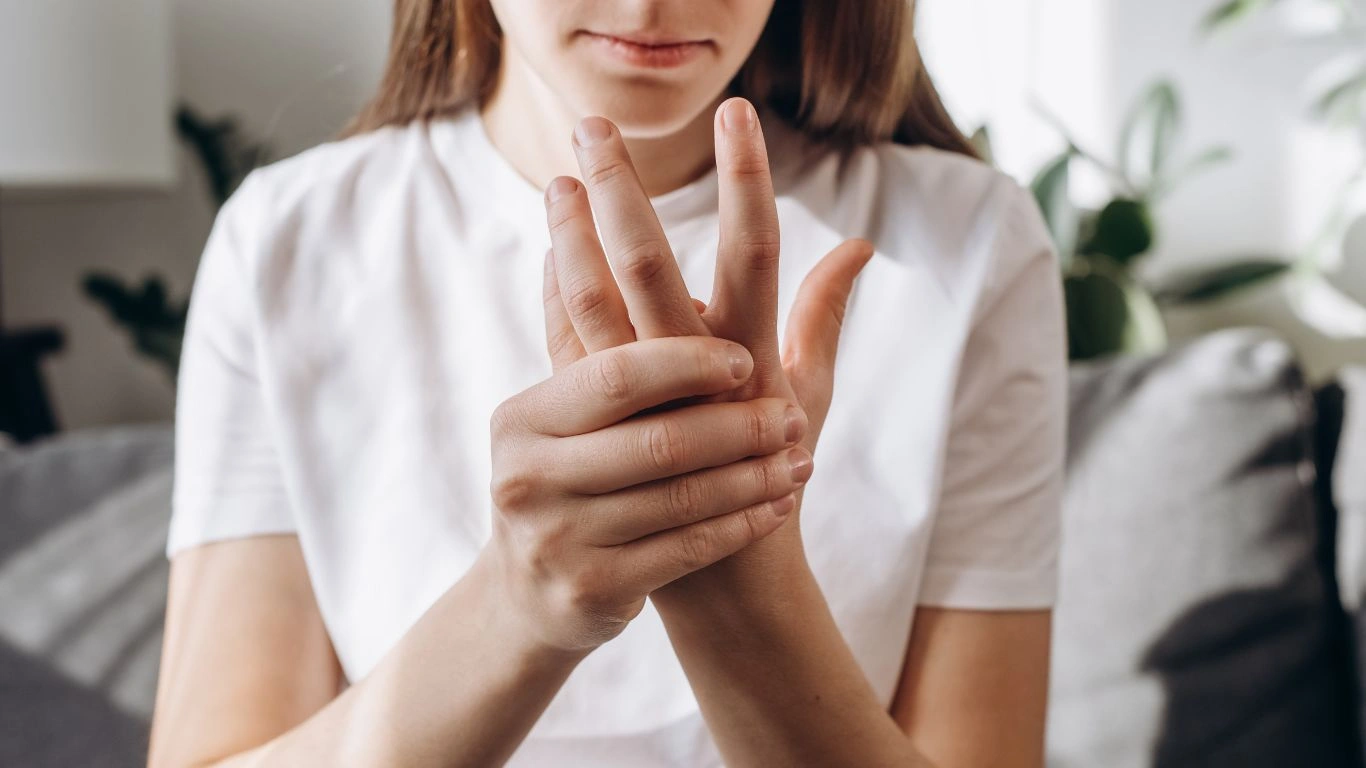
Believe it or not, what you eat can play a huge role in preventing rheumatoid arthritis flare-ups in cold weather. I didn’t make the connection at first, but after tweaking my diet, I noticed a big difference in how my joints felt.
Best Foods to Reduce Inflammation
- Fatty fish: Salmon, tuna, and sardines are packed with omega-3s, which help reduce joint inflammation.
- Leafy greens: Spinach, kale, and Swiss chard are loaded with antioxidants that fight inflammation.
- Nuts and seeds: Almonds, walnuts, and flaxseeds are great for keeping inflammation at bay.
- Turmeric and ginger: I started adding turmeric to my tea, and wow—it really helps with joint stiffness.
What to Avoid
Some foods can actually make things worse. I learned this the hard way. Here are some triggers to watch out for:
- Sugary drinks and snacks: Processed sugar increases inflammation—something we definitely don’t need more of.
- Refined carbs: White bread, pasta, and pastries can spike inflammation levels.
- Red meat and processed meats: These contain compounds that can worsen RA symptoms.
Drinking enough water is just as important. Dehydration can make joint pain worse, so I always keep a water bottle nearby, even in winter when I don’t feel as thirsty.
Prioritize Quality Sleep to Reduce Flare-Ups
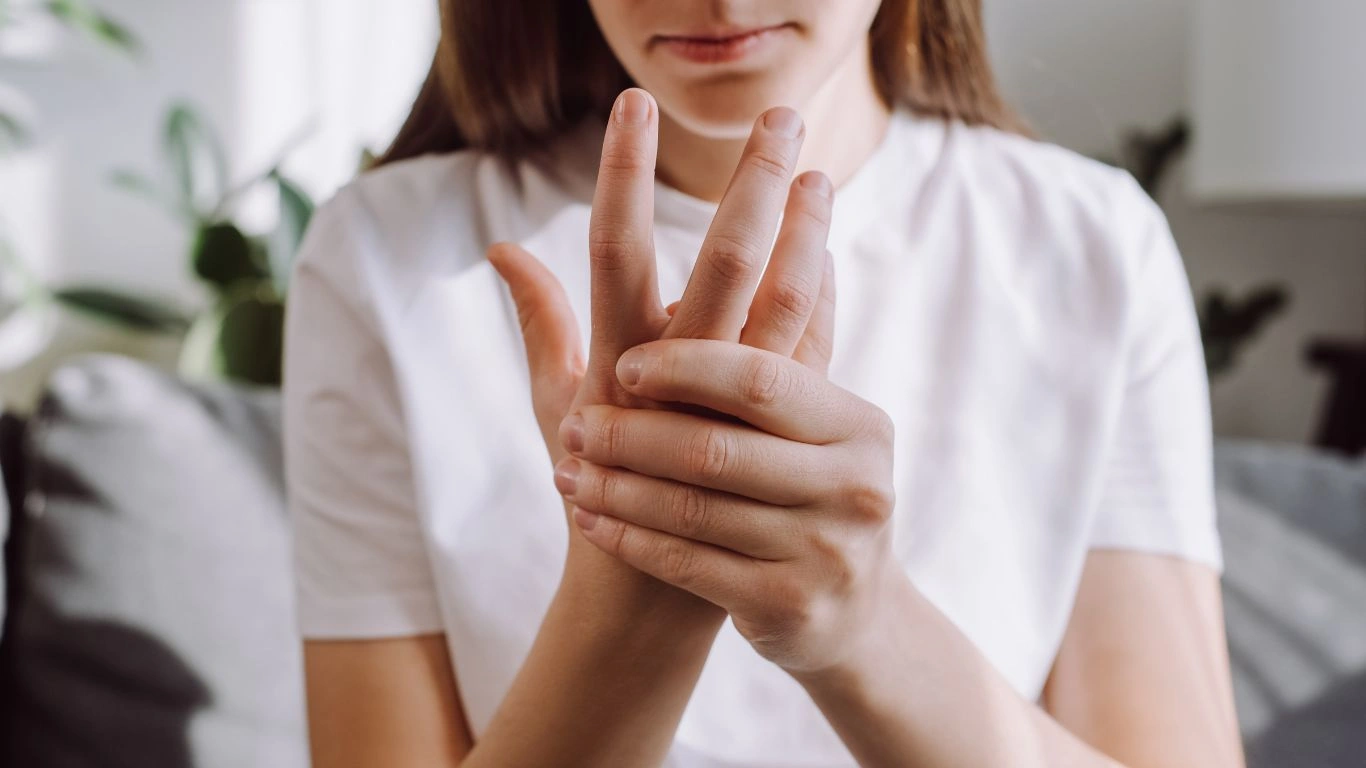
Sleep and RA have a complicated relationship. If you don’t sleep well, your pain worsens. If your pain worsens, you don’t sleep well. It’s a vicious cycle. I struggled with this for years before I finally figured out what works.
How to Get Better Sleep with RA
- Stick to a routine: Going to bed and waking up at the same time every day helps regulate your body’s internal clock.
- Invest in a supportive mattress and pillows: A good mattress is worth every penny when it comes to joint pain.
- Use weighted blankets: These have been a lifesaver for me. They help reduce anxiety and improve sleep quality.
- Avoid screen time before bed: Blue light messes with melatonin levels, making it harder to fall asleep.
When my joints are really acting up, I use a warm compress on my hands and knees before bed. It helps relax the muscles and makes it easier to drift off.
Manage Stress to Keep Flare-Ups at Bay

Stress and rheumatoid arthritis? They go hand in hand, unfortunately. I used to brush off stress as just part of life, but once I started paying attention, I noticed something: every time I was overwhelmed or anxious, my joints would scream at me. Turns out, stress triggers inflammation, and for those of us with RA, that means more pain.
Simple Ways to Reduce Stress
- Practice deep breathing: When my joints start aching, I take a few minutes to do slow, deep breaths. It sounds simple, but it helps more than you’d think.
- Try meditation or mindfulness: Apps like Headspace have been a game-changer for me. Even just five minutes a day makes a difference.
- Journal your feelings: Writing things down helps me process stress without letting it build up.
- Set boundaries: Learning to say no to things that drain my energy has been one of the best decisions for my health.
Stress won’t disappear overnight, but little changes add up. The less stress I carry, the fewer flare-ups I have. Simple as that.
Supplements and Natural Remedies That Help

Supplements weren’t something I thought much about at first, but after talking to my rheumatologist and doing my own research, I realized they could play a big role in managing symptoms. While they’re not a cure, the right ones can support joint health and reduce inflammation.
Best Supplements for RA
- Omega-3 fatty acids: Found in fish oil, these help fight inflammation. Studies show they can reduce morning stiffness in RA patients (WebMD).
- Vitamin D: Many people with RA are deficient in vitamin D, and low levels can make symptoms worse. I take a supplement daily, especially in winter.
- Turmeric (Curcumin): This powerful anti-inflammatory spice can help reduce joint pain. I add it to my tea or take it in capsule form.
- Glucosamine and Chondroitin: Some people find these helpful for joint support. I noticed a subtle improvement after a few months of taking them.
Always check with your doctor before starting any new supplements. What works for one person may not work for another, but for me, adding these to my routine has made a noticeable difference.
Stay Connected and Seek Support
One of the hardest parts of living with RA is feeling like no one truly understands what you’re going through. Pain and fatigue can be isolating, and during winter—when social plans slow down—it’s even easier to feel alone.
Ways to Stay Connected
- Join an online support group: There are so many amazing communities out there. Facebook groups and forums on WebMD or the Arthritis Foundation’s website are great places to connect.
- Talk to loved ones: Sometimes, people don’t understand what we’re going through because we don’t tell them. Opening up can help.
- Consider therapy: A mental health professional can help you cope with the emotional challenges of chronic pain.
Support makes all the difference. I’ve found that just having someone to vent to—even if they don’t have RA—helps me feel less alone.
Final Thoughts: Small Steps, Big Impact
Avoiding rheumatoid arthritis flare-ups in cold weather isn’t about one big, magic solution. It’s about small, consistent habits that add up over time. Keeping warm, staying active, eating well, managing stress—each of these plays a role in keeping flare-ups at bay.
If I could leave you with one piece of advice, it would be this: listen to your body. What works for me may not work exactly the same for you, and that’s okay. Experiment, find what helps, and make it part of your daily life.
References
Disclaimer
The information in this article is for educational purposes only and should not be taken as medical advice. Always consult with your healthcare provider before making any changes to your treatment plan.

Tarra Nugroho is a dedicated Nurse Practitioner with a strong foundation in family and preventive care. She brings both compassion and clinical expertise to her practice, focusing on patient-centered care and health education. As a contributor to Healthusias.com, Tarra translates medical knowledge into clear, empowering articles on topics like women’s health, chronic disease management, and lifestyle medicine. Her mission is simple: help people feel seen, heard, and informed—both in the clinic and through the content she creates. When she’s not caring for patients, Tarra enjoys weekend hikes, plant-based cooking, and curling up with a good health podcast.
